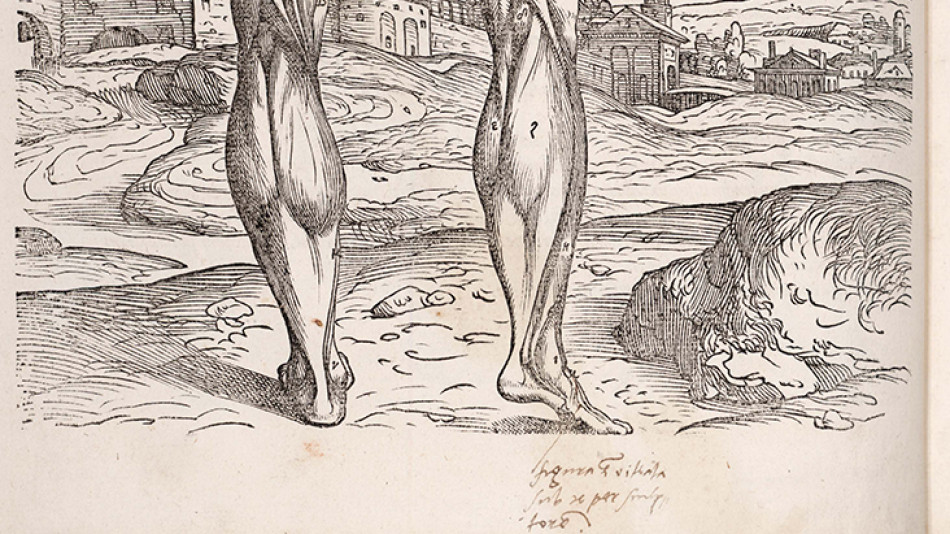2011 Art and Medicine
Programme and Abstracts / Review
26 August 2011, Dunedin School of Art Organised by Peter Stupples, Senior Lecturer in Art History and Theory, Dunedin School of Art
Art has a long history as handmaid to medical speculation and enquiry. The body became easier to see in its complexity once representations were committed to a flat surface or were modelled in clay, wax or hard materials. The more sophisticated the idea of bodily systems the more complex its artistic representation.
In the Western tradition this was followed by images of malfunctioning bodies – of deformities and illness, of death and dying. This relationship between illustration and comprehension, between image and instruction, has become part of the reality of medical education and the popular depiction of sickness and pain. With the advent of the electronic media this association at a distance has become one of greater intimacy: medical imaging is now an everyday tool of research and diagnosis. There have also been attempts to imagine more difficult to see aspects of illness, both mental and physical – the work of art therapists, art as a tool of rehabilitation, of those who try to give visual expression to less tangible, but no less real experiences, such as pain. There is also the art of medical practitioners, from those who use image making as a form of relaxation, of communication between themselves and patients, who want to explore visually what they sense, but cannot yet understand in any other way.
This symposium follows two successful symposia organized by the Dunedin School of Art, bringing together artists and those working in associated disciplines: ‘Illustrating the Unseeable: Reconnecting Art and Science’ in 2009 and ‘Art and Law’ in 2010. The organisers would like to thank Dr John Adams, Dean of the Dunedin School of Medicine, the University of Otago and Professor Leoni Schmidt, Head of the Dunedin School of Art, Otago Polytechnic, for their support and co-sponsorship of this symposium. Thanks are also extended to those supporting the symposium in a variety of ways – Professor Barabara Brookes, Dr David Bell, Dr Alison Belton and Associate Professor Gordon Sanderson.
(image: Detail Andreas Vesalius, Vesalius Fabrica p194)


